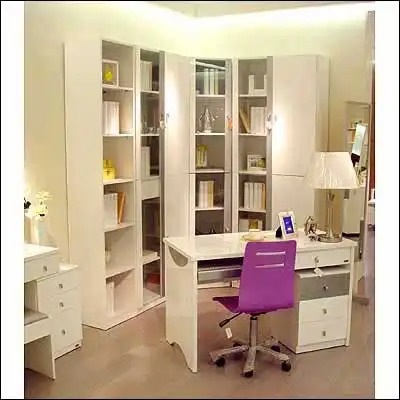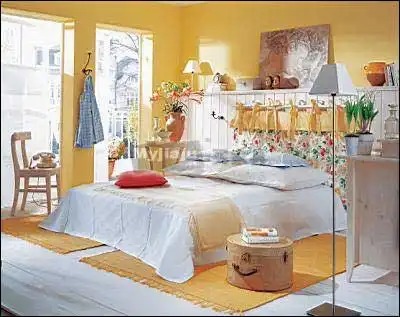Summer furniture maintenance tips to teach you how to care for your furniture
Furniture is a key component of home decor. Its versatility and practicality determine its price, so it's not often that people replace furniture, making its maintenance all the more important. Summer is characterized by high temperatures and humidity. Experts offer advice on maintaining furniture and avoiding summer decoration pollution, reminding residents to pay attention to different maintenance methods for different types of furniture, including wooden, leather, rattan, and fabric furniture.
Wooden furniture:
Keep away from heat sources and air conditioning vents

Keep wooden furniture away from heat sources
Most sofa brands first process the wood for moisture content. Professionals explain that many furniture pieces utilize solid wood for stress-bearing areas and high-density fiberboard for other areas to mitigate seasonal thermal expansion and contraction. Even with relatively high humidity in the summer, the wood will only expand slightly, and these natural changes do not affect the durability of high-quality furniture.
Solid wood furniture:
Solid wood furniture possesses a simple, natural, and elegant appearance, but its moisture content can easily cause it to warp, requiring careful care, especially during the scorching summer months. For example, it should be protected from prolonged direct sunlight, extreme cold or extreme heat, and excessively dry or humid environments. Frequent air conditioning cycles, which cause significant temperature and humidity fluctuations, can cause even qualified solid wood furniture to warp and crack.

Solid wood furniture should be carefully maintained
Specific maintenance methods:
1. Frequently use a soft cloth to remove dust along the wood grain. Before removing dust, apply some spray cleaner (Pure Pearl) on the soft cloth. Do not rub it with a dry cloth to avoid scratching.
2. Avoid exposing the surface of furniture to sunlight for a long time, as this can easily cause the internal moisture balance of the wood to become unbalanced and cause cracks.
3. In the drier environment of summer, artificial humidification measures should be adopted regularly to replenish excessive water loss, such as
frequently wiping furniture with a soft cloth wet with water.
4. Wax your furniture regularly, applying a coat of wax every three months. Before applying polish, check that the finish is intact. For newer solid wood furniture, first wipe away any dust with a fine cotton cloth. For long-standing or difficult-to-remove stains, use a cotton cloth dipped in a small amount of gasoline or alcohol. Then, apply a moderate amount of polish to a large area with a small piece of cotton cloth. Use a larger, dry cloth to evenly apply the wax in a circular motion, ensuring that no streaks remain. Excessive use of wax will not only leave streaks and marks, affecting the gloss, but will also soften the finish over time and make it difficult to remove. Also, before waxing, remove any old wax with a mild, non-alkaline soapy solution. Avoid applying too much wax, as this will clog the wood's pores.
5. Maintain a good humidity level, ideally around 40%. If you use the air conditioner for a long time, place a basin of water next to it. The temperature difference should not be too large, and avoid turning the air conditioner on and off, which may cause drastic temperature changes.
6. Avoid placing overheated objects directly on the surface of furniture, as this will damage the protective paint and wax on the surface of the furniture.
Stain removal tips:

There is a magic formula for removing stains
Repairing scratches and dents: A simpler method is to use a cotton ball or paintbrush to apply shoe polish of a similar color to the surface of the furniture.
To remove water stains: Place clean absorbent paper on the water stains and press hard with a heated iron. You can also apply salad oil or toothpaste, then wipe it dry and wax it.
To remove white marks: Apply a mixture of soot and lemon juice or salad oil on a cloth, wipe dry and then wax.
Solid wood furniture is actually very delicate, so you should protect it as much as possible and try to avoid letting the furniture surface come into contact with corrosive liquids, alcohol, nail polish, hot cups and bowls, etc.